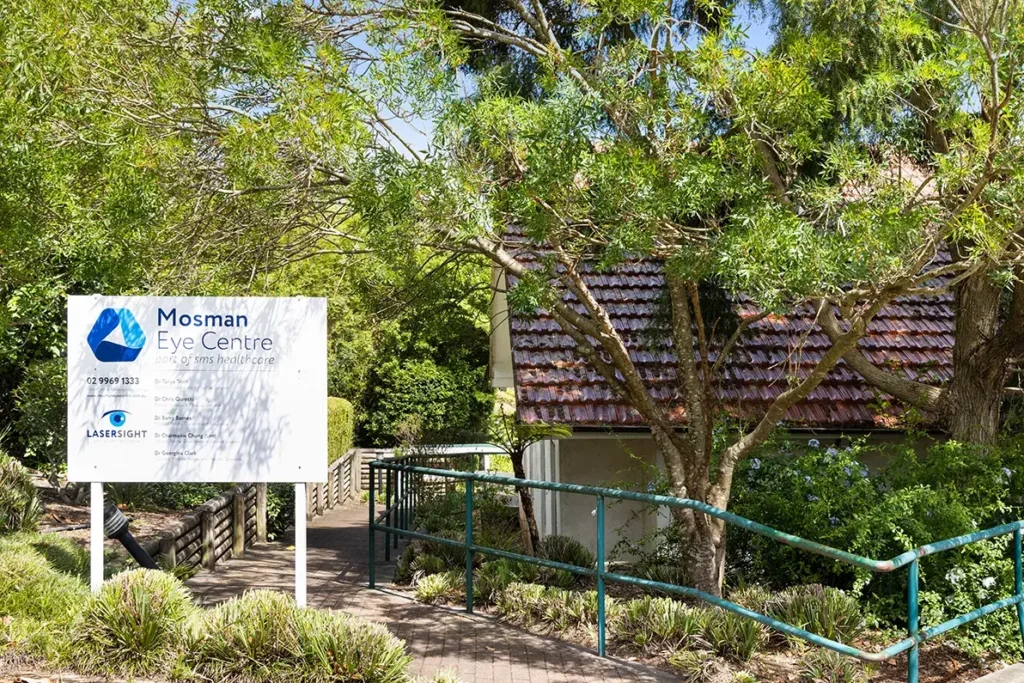An enucleation is the surgical procedure to remove an eye, the volume lost is then replaced by inserting an implant.
The commonest indication for this operation is for tumour removal or a non-seeing eye that is causing significant and ongoing pain.
When the eye is removed there is loss of volume from the eye socket that will give the patient a sunken appearance if the volume is not replaced. Modern implants are made from a variety of materials with structures similar to coral being full of tiny interconnecting tunnels through which blood vessels and tissues of the socket can grow. In this way the implant is incorporated into the patient’s body lessening the chance of rejection or displacement of the implant.
During the operation the muscles that allow the eye to move are attached to the implant to optimise the future movement of the artificial eye that will be made to be placed over the implant.
What are the symptoms?
The commonest indication is intractable pain in a non-seeing eye. The pain can be so severe as to affect mood and stop patients from taking part in the usual activities of daily living
A tumour within the eye, may cause pain or decrease vision or potentially can be practically asymptomatic.
Who is suitable for Enucleation surgery?
Any patient with a non-seeing eye that is having enough pain to significantly interfere with quality of life that cannot be effectively controlled with pain-killers or anti-inflammatory eye drops, can have this surgery.
Any patient who has had tumour within the eyeball diagnosed that cannot otherwise be treated will need an enucleation.
The procedure is usually performed under a general anaesthetic, however if this is not possible due to medical reasons the procedure can be performed under a local anaesthetic with sedation.
What does the treatment involve?
The operation takes about one and a half hours. Usually patients are kept in hospital for 1-2 days post-operatively as sometimes stronger pain relief will be needed during this period.
The muscles that move the eye are attached to the implant so that it moves with the normal movement of the remaining eye. This will allow some movement of the overlying prosthesis to give a more natural appearance.
After approximately 6 weeks, your specialist will refer you to an “ocularist” who will make your artificial eye. This will require about 2-3 weeks. Your specialist will then review you once the prosthetic eye has been fitted.
How will I look immediately after surgery?
After surgery you will be required to wear a bandage for 1 week. Once this has been removed you continue to wear a clear plastic shell called a conformer, which is like a large contact lens inserted during surgery. The conformer is used to reduce contraction and scarring of the socket as well as make the socket more comfortable. It also gives the eyelids a more natural shape. These conformers require some care and this will be explained to you at your post op appointment. If the conformer falls out, do not panic, keep it safe and call Dr Wilcsek during office hours.
Before fitting the prosthesis (model eye), the area will have to heal and associated inflammation settle fully. This usually occurs 6-8 weeks after the operation, during this time the eyelid will be quite droopy and there will only be the conformer in place so for cosmetic reasons some patients prefer to wear an eye patch.





